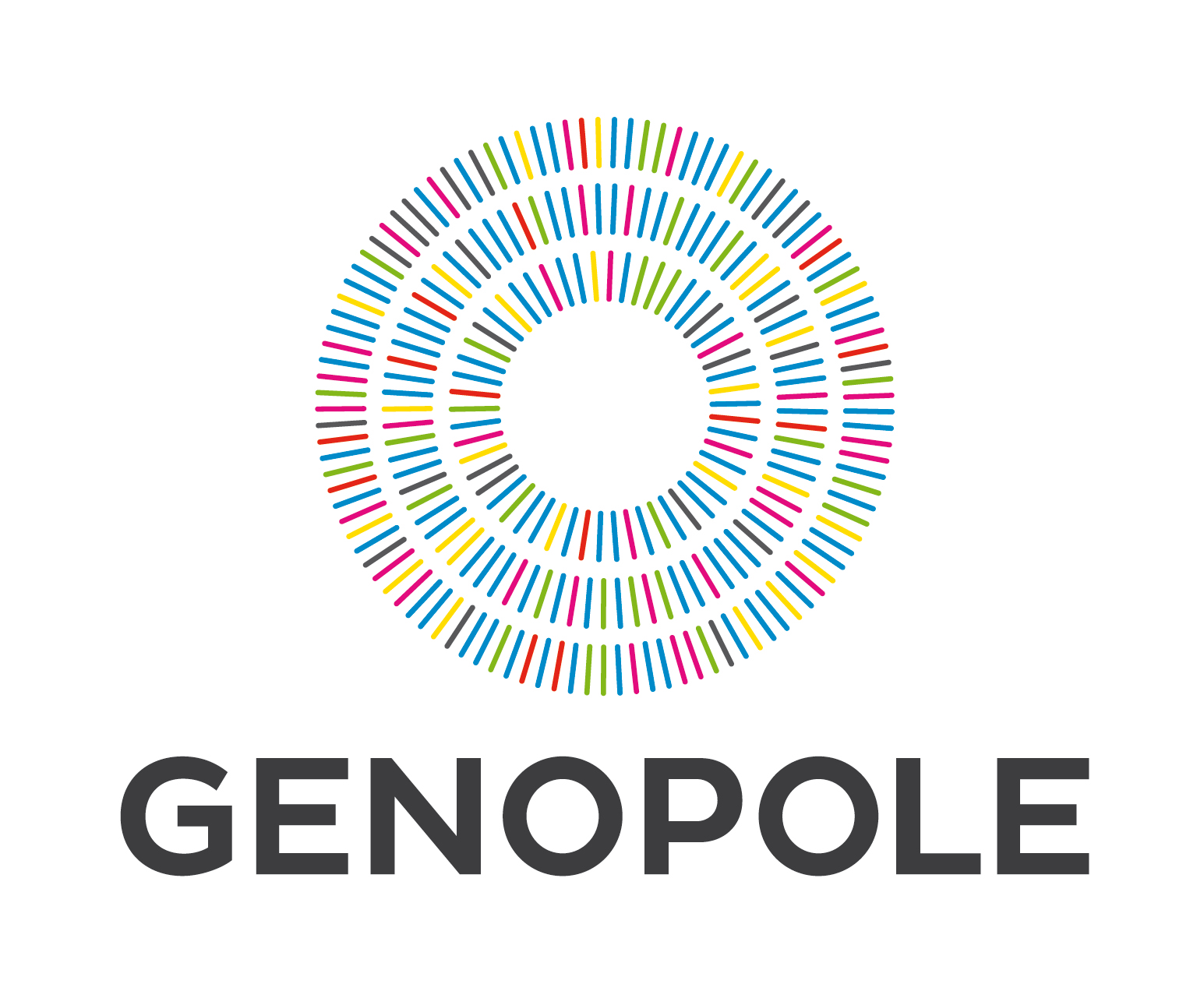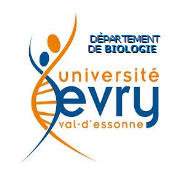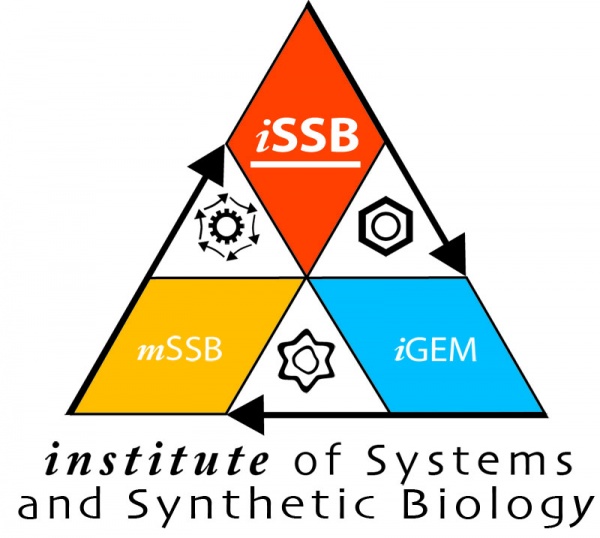Team:Evry/Project FUR
From 2013.igem.org
| Line 35: | Line 35: | ||
</p> | </p> | ||
| + | |||
| + | <h2 style="text-align:center">Constructions</h2> | ||
| + | </p><br/> | ||
| + | |||
| + | <p> | ||
| + | Our goal is to lower the iron absorption from the intestins to the blood by using an iron chelating bacteria, <b>Iron Coli</b>. The objective of the labwork is to design an iron-sensible promoter with FUR and overexpress the enterobactin synthesis pathway in the presence of iron. | ||
| + | </p><br/> | ||
| + | |||
| + | <p> | ||
| + | Before going in the detail of our construction, we needed a iron marker in E. coli. Thus, we selected the FUR protein which negatively regulates the downstream genes. It is used in the iron regulation of the bacterium and smoothly shuts down the production ot siderophores, natural chelators of iron in the environment in iron depletion situation. When the concentration of iron exceeds 10^-6, the FUR proteins binds the ion, dimerizes and its inhibitory mechanism is activated. Below this threshold, the FUR protein's inhibition is suppressed and indirectly activates the downstream genes. | ||
| + | </p><br/> | ||
| + | |||
| + | <div align="center"> | ||
| + | <div class="thumb tnone"> | ||
| + | <div class="thumbinner" style="width:100%;"> | ||
| + | <a href="https://static.igem.org/mediawiki/2013/4/45/Sch%C3%A9mas_1.png" class="image"> | ||
| + | <img alt="Digestive System" src="https://static.igem.org/mediawiki/2013/4/45/Sch%C3%A9mas_1.png" width="99%;" class="thumbimage" /> | ||
| + | </a> | ||
| + | <div class="thumbcaption"> | ||
| + | <div class="magnify"> | ||
| + | <a href="https://static.igem.org/mediawiki/2013/4/45/Sch%C3%A9mas_1.png" class="internal" title="Enlarge"> | ||
| + | <img src="/wiki/skins/common/images/magnify-clip.png" width="15" height="11" alt="" /> | ||
| + | </a> | ||
| + | </div> | ||
| + | <center> Figure 3: Construction.</center> | ||
| + | </div> | ||
| + | </div> | ||
| + | </div> | ||
| + | </div> | ||
<h2>Siderophores biosynthesis</h2> | <h2>Siderophores biosynthesis</h2> | ||
Revision as of 11:59, 3 October 2013
FUR system
Iron is an essential element in the development of E. coli, but also, it can be toxic and E. coli can be killed, if iron is absorbed in high quantity. Using the ferric-uptake regulator protein (Fur), bacteria developed an advanced system to regulate their iron homeostasis.
FUR protein (Ferric Uptake Regulator)
The Fur protein is a transcriptional repressor of more than 90 genes involved, in majority, in iron homeostasis (Revue + “Iron and metal regulation in bacteria”, Klaus Hantke). It plays an important role in the control of the intracellular concentration of iron in E. coli.
Fur acts as a positive repressor in presence of ferrous ion (Fe2+), its co-repressor. Then, Fe2+ binds to the Fur protein (one ferrous ion per subunit of Fur), it will lead to a structural modification and induce the dimerization of Fur and Fe2+. Then the homodimeric Fur-Fe2+ complex will bind to the DNA in a Fur Binding Site and inhibit the mRNA transcription. In absence of Fe2+, a disinhibiting effect occurs and mRNA transcription can be done.
AJOUTER SCHEMA FUR BINDING SITE
FUR binding site architecture
Inverter system
Constructions
Our goal is to lower the iron absorption from the intestins to the blood by using an iron chelating bacteria, Iron Coli. The objective of the labwork is to design an iron-sensible promoter with FUR and overexpress the enterobactin synthesis pathway in the presence of iron.
Before going in the detail of our construction, we needed a iron marker in E. coli. Thus, we selected the FUR protein which negatively regulates the downstream genes. It is used in the iron regulation of the bacterium and smoothly shuts down the production ot siderophores, natural chelators of iron in the environment in iron depletion situation. When the concentration of iron exceeds 10^-6, the FUR proteins binds the ion, dimerizes and its inhibitory mechanism is activated. Below this threshold, the FUR protein's inhibition is suppressed and indirectly activates the downstream genes.
Siderophores biosynthesis
 "
"














